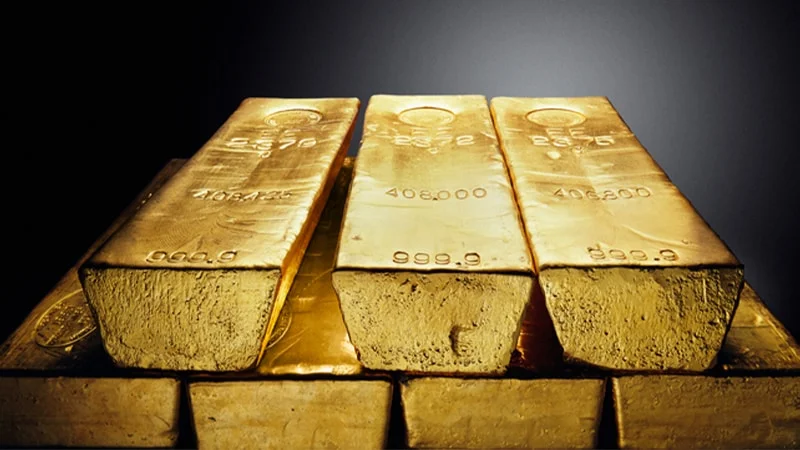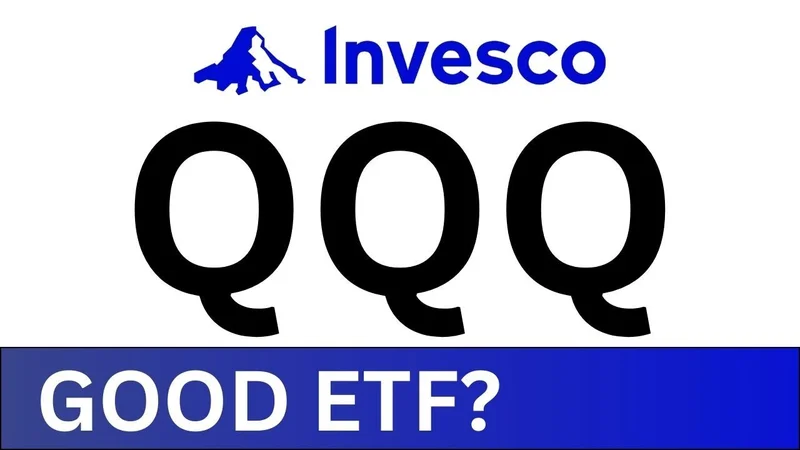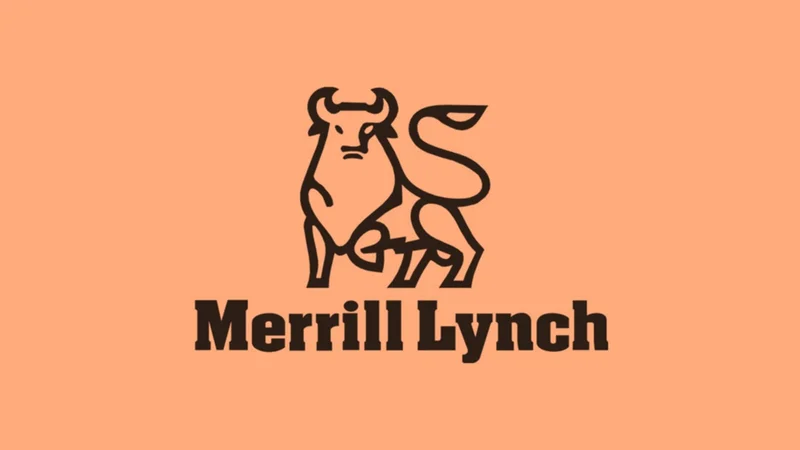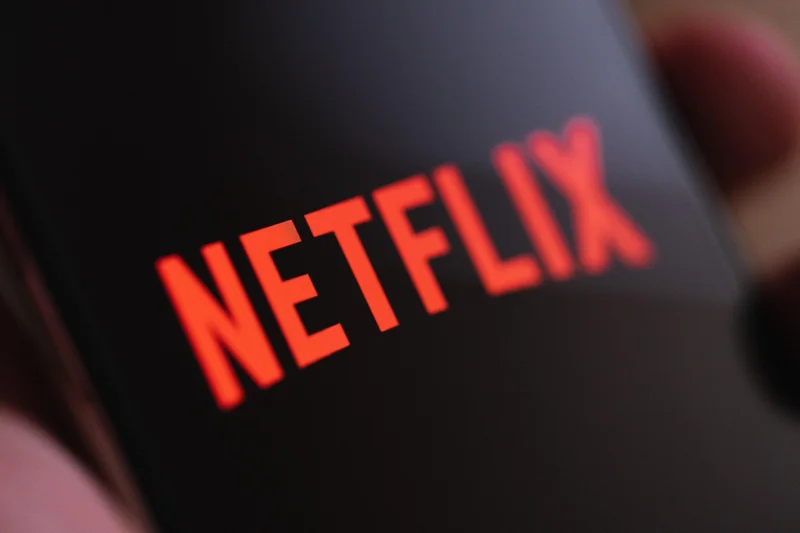Gold Price Analysis: Today's Price, Key Metrics, and the Silver Correlation
Gold's Dizzying Climb to $4,000: A Sober Look at the Numbers Behind the Hype
The numbers flashing across terminals this morning are enough to induce vertigo. As of this morning, the gold price today is hovering just under the $4,000 mark at $3,989 per ounce. While it’s a slight dip from yesterday’s high, let’s zoom out for a moment to gain some perspective. One year ago, an ounce of gold would have set you back $2,657. That’s a staggering year-over-year increase of more than $1,300—to be more exact, $1,332. The metal has climbed over 25% since the beginning of this year alone.
In the face of persistent inflation and pervasive economic uncertainty, the public narrative is clear: gold is the ultimate safe harbor. It's the financial equivalent of a doomsday bunker, a tangible asset you can hold while digital fortunes and government-backed currencies feel increasingly ephemeral. Investors are piling in, treating the yellow metal as a store of value that transcends market chaos. The logic is seductive and simple. When fear goes up, the Current price of gold as of October 10, 2025 - Fortune goes up.
But I've looked at hundreds of these market cycles, and this particular fervor feels different. The rush is less about strategic diversification and more about a panicked flight to safety. It's like watching a crowd rush onto a single lifeboat. The boat is sturdy, yes, but its primary function is survival, not speed. No one gets on a lifeboat expecting to break speed records; they get on to avoid drowning. The question we have to ask is whether investors are paying a first-class ticket price for a steerage-class ride.
What is the real utility of this asset once the storm passes? And more importantly, are investors today confusing the barometer for the engine?
A Dose of Historical Reality
This is the part of the analysis that rarely makes it into the breathless cable news segments. The story of gold as a long-term wealth generator is, to put it mildly, overstated. Let's look at the data, not the drama. From 1971 (the year the U.S. fully untethered the dollar from gold) through the end of last year, the stock market delivered an average annual return of 10.7%. Gold, over that same half-century span, returned an average of 7.9%.

That nearly three-point differential is a chasm. It’s the difference between a comfortable retirement and just getting by. This historical underperformance doesn't invalidate gold’s role in a portfolio, but it should fundamentally reframe it. Gold isn't a growth engine; it's an insurance policy. And like any insurance, it comes with a premium—in this case, the opportunity cost of not being invested in assets with higher long-term growth potential. Given this long-term data, is the current stampede into gold a measured portfolio adjustment, or is it simply the most expensive insurance policy on the market today? At what point does the cost of the premium outweigh the potential benefit?
The mechanics of this "insurance" also warrant a closer look. The common advice is to diversify, and financial advisors like James Taska correctly point out that Gold ETFs are far more practical for the average investor than physical bullion. Why? The "price spread." When you buy a physical gold coin from a dealer, you pay the "ask price." When you sell it back, you get the "bid price." That gap can be wide and variable (a crucial detail often ignored in the marketing). ETFs, traded like a gold stock, offer tighter spreads and instant liquidity.
Yet, the allure of the physical persists. It speaks to the core anxiety driving this rally—a deep-seated distrust in the system itself. But that desire for tangibility comes at a cost of efficiency and liquidity. While gold is certainly less volatile than its cousins—the silver price is far more sensitive to industrial demand, and platinum and palladium dance to their own tunes—it is by no means a risk-free asset. The price of silver today sits at $50 an ounce, a testament to how quickly these markets can move, but its industrial connection makes it a fundamentally different beast.
I find the current discourse around the gold spot price genuinely puzzling because it seems to ignore this fundamental context. The asset is being sold as both a shield and a sword—a way to protect your wealth and grow it simultaneously. The data simply doesn't support the latter claim over any meaningful time horizon.
Fear is Not an Asset Class
Let's be perfectly clear. The current ounce of gold price is not a reflection of the metal's intrinsic utility or a sudden surge in industrial demand. It is a fever chart of global economic anxiety. Every tick up in the gold price per ounce is a vote of no confidence in central banks, fiscal policy, and the market's ability to rationally price risk. It is a useful diagnostic tool, but a poor foundation for a long-term investment strategy. The run-up has been spectacular, but confusing a fear gauge with a wealth-creation machine is a classic behavioral error. Gold has a place in a well-balanced portfolio, but that place is in the ballast, not at the helm.
Related Articles
MP Materials Stock Analysis: The Data Behind the 'Hold' Rating
The stock chart for MP Materials (MP) over the last 90 days looks less like a valuation curve and mo...
The ASML Stock Frenzy: Why Everyone's Suddenly Obsessed and What They're Not Telling You
Let's get one thing straight. Every time I see a headline about ASML’s stock climbing another few pe...
PGE's Landmark Solar Investment: What It Means for Europe's Green Future
Why a Small Polish Solar Project is a Glimpse of Our Real Energy Future You probably scrolled right...
The QQQ ETF: A Clinical Look at Its Performance and Future Outlook
Is the 'Smartest AI ETF' Just a Tech Index in Disguise? There’s a headline making the rounds that’s...
The End of Opaque Finance: How a Single Complaint Reveals the Need for a Tech-Driven Revolution
The Analog Crime in a Digital World When I read about the recent allegations against Vincent Ferrara...
Netflix Stock Split: What's the Real Impact?
Julian Vance: Netflix's Stock Split - A Clever Illusion? Netflix's recent 10-for-1 stock split has b...





